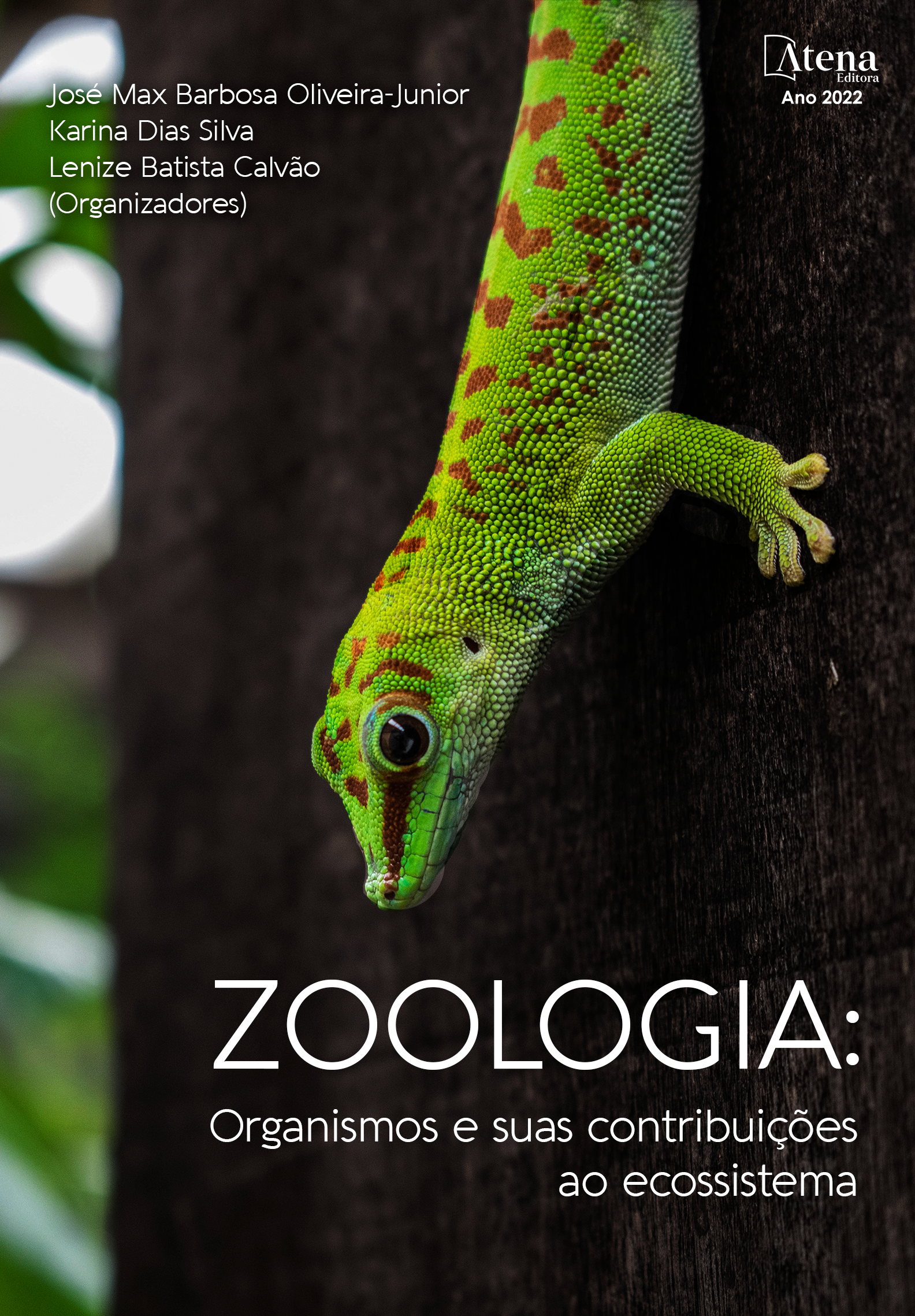
LEVANTAMENTO DA HERPETOFAUNA DO CAMPUS CIDADE UNIVERSITÁRIA DA UNIVERSIDADE DE SOROCABA
Devido ao crescimento da população humana e ao aumento das atividades econômicas, a urbanização ocupa cada vez mais o espaço que antes era ocupado por áreas nativas, ameaçando a preservação e manutenção da biodiversidade. Neste contexto, levantamento de informações sobre as estratégias que as comunidades de animais silvestres utilizam para se adaptar a tais alterações é essencial para a conservação da biodiversidade. O objetivo geral deste estudo foi inventariar a herpetofauna de uma paisagem agrícola localizada no município de Sorocaba, Estado de São Paulo, Brasil. O estudo foi realizado no campus Cidade Universitário da Universidade de Sorocaba (UNISO). A amostragem foi realizada por meio de registros ocasionais e armadilhas de interceptação e queda com cercas-guias (pitfall traps) na quais foram instaladas em fragmentos de vegetação nativa (N=3) e áreas de pasto (N=3). A herpetofauna levantada é composta por vinte e quatro espécies, sendo nove anfíbios e quinze répteis. Os anuros se distribuem pelas famílias Bufonidae, Hylidae, Phyllomedusidae e Leptodactylidae. As espécies de répteis se concentram nas famílias Gekkonidae, Polychrotidae, Mabuyidae, Teiidae, Tropiduridae, Colubridae, Dipsadidae e Viperidae. A herpetofauna amostrada na área de estudo é composta principalmente por espécies de ampla distribuição (e.g. Dendropsophus minutus, Physalaemus cuvieri, Ameiva ameiva), generalistas quanto ao uso de hábitat e típicas de áreas abertas naturais ou de origem antrópica. A clara dominância de espécies generalistas possivelmente é reflexo da degradação ambiental da região onde o campus está situado.
LEVANTAMENTO DA HERPETOFAUNA DO CAMPUS CIDADE UNIVERSITÁRIA DA UNIVERSIDADE DE SOROCABA
-
DOI: 10.22533/at.ed.2642230033
-
Palavras-chave: Anfíbios. Répteis. Ecologia de Comunidades. Diversidade de espécies.
-
Keywords: Amphibians. Reptiles. Community Ecology. Species diversity.
-
Abstract:
Due to the growth of the human population and the increase in economic activities, urbanization increasingly occupies the space that was previously occupied by native areas, threatening the preservation and maintenance of biodiversity. In this context, gathering information about the strategies that communities of wild animals use to adapt to such changes is essential for the conservation of biodiversity. The general objective of this study was to inventory the herpetofauna of an agricultural landscape located in the municipality of Sorocaba, State of São Paulo, Brazil. The study was carried out at the Cidade Universitário campus of the University of Sorocaba (UNISO). Sampling was carried out through occasional records and traps for interception and fall with guide fences (pitfall traps) in which they were installed in fragments of native vegetation (N=3) and pasture areas (N=3). The herpetofauna raised is composed of twenty-four species, nine amphibians and fifteen reptiles.
The frogs are distributed by the families Bufonidae, Hylidae, Phyllomedusidae and Leptodactylidae. Reptile species are concentrated in the Gekkonidae, Polychrotidae, Mabuyidae, Teiidae, Tropiduridae, Colubridae, Dipsadidae and Viperidae families. A herpetofauna sampled in the study area is mainly composed of widely distributed species (eg, Dendropsophus minutus, Physalaemus cuvieri, Ameiva ameiva), habitat use generalists and typical of open areas natural or anthropogenic origin. The clear dominance of generalist species possibly reflects the environmental degradation of the region where the campus is located.
-
Número de páginas: 16
- Jair Vaz Nogueira Junior
- Nobel Penteado de Freitas
- Thiago Simon Marques
- Kelly Cristina Camboin


